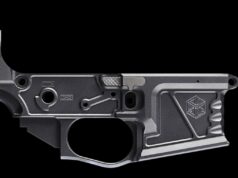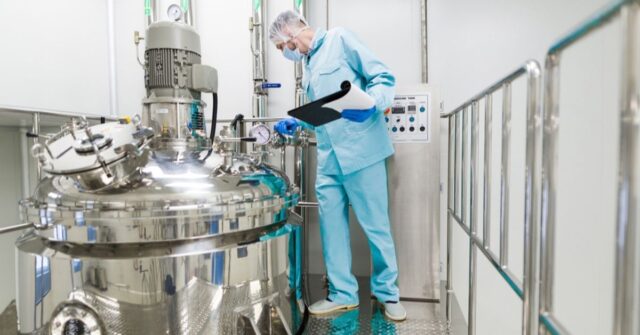
Commissioning, qualification, and validation, popularly known as CQV, is a highly essential multistep process wherein each step depicts a field of activity with a more extensive framework to maintain the required quality and safety standards. This multistep process ensures quality and safety in the pharmaceutical, biotechnology, medical device, and manufacturing industries. In this post, we will discuss the significance of the CQV process, specifically in developing pharmaceutical or biotechnology products. More precisely, we will talk about the role of commissioning, qualification, and validation in ensuring that a facility, including its equipment, functions as per the prescribed norms or standards. The success of the CQV process ensures that the regulatory agencies approve the facility.
You might be wondering about the involvement of the stakeholders in the CQV process and how to ensure this process is carried out with utmost effectiveness. Don’t worry; we are going to deal with all of these questions.
Talk about pharmaceuticals, biotechnology, or any other industry that produces consumer products; the quality and performance of their production units or facilities are directly correlated to their growth. In other words, the company’s physical assets involved in manufacturing quality consumer products are utterly crucial for its overall success.
If you run a pharmaceutical company, it’s better that you engage the services of a pharma consulting firm for the commissioning, qualification, and validation processes. Nothing can stop you from producing high-quality products if commissioning and qualification steps are carried out effectively.
During the CQV process, experts run various tests and conduct inspections, to confirm that systems, equipment, and facilities are developed, installed, and utilized as per the required design and satisfy the necessary quality and safety standards.
Let’s discuss each step involved in the CQV process individually.
Commissioning
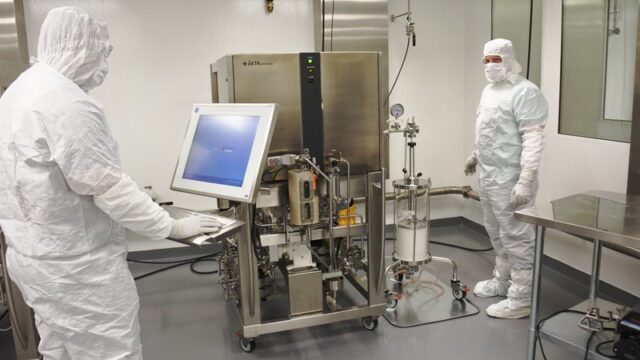
Commissioning is the first step of the CQV process; it emphasizes fulfilling engineering requirements for the facility and its equipment, as illustrated earlier in the project. It is an organized approach to ensuring design requirements are fulfilled. It also ensures that specification documents are up to scratch. This step helps verify that everything prescribed was installed correctly and operates correctly.
Activities Carried Out During Commissioning
- Detail design reviews
- Verification of maintenance manuals
- Execution of qualification protocols
- Site acceptance testing
- Functional testing
- Documenting issues confronted while testing
Qualification
After reviewing the designs, verifying the maintenance manuals, running a series of tests, and documenting the issues identified during the commissioning phase, it is time to qualify the facility and equipment for use. During the qualification phase, activities are carried out to verify that equipment and facilities are qualified or appropriate for use as per prescribed standards. Equipment qualification is an integral part of the qualification step.
Activities Carried Out During Qualification
- Design qualification (DQ)
It is the activity of confirming that the facility and equipment designs are appropriate for the required use.
- Installation Qualification (IQ)
It ensures that equipment is installed and configured as per specified standards or specifications.
- Operational Qualification (OQ)
This activity demonstrates that the facility and equipment function as specified.
- Performance qualification (PQ)
This activity assures that the facility and processing equipment act as specified and satisfy predefined approval criteria.
Validation
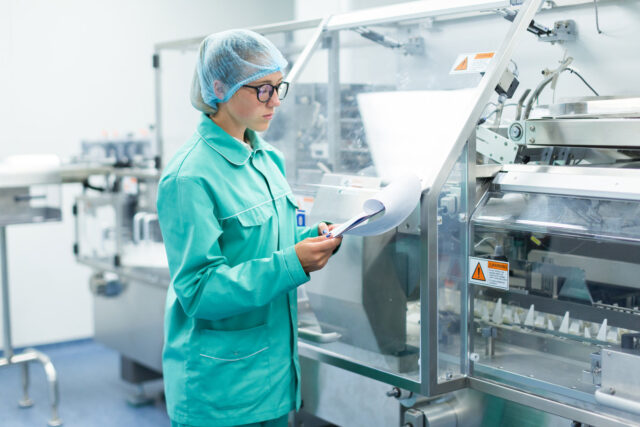
Once the commissioning and qualification steps are completed, the validation step starts. However, it would be best if you kept repeating it; you can’t finish it in one sitting. Periodic reviews are important in this step.
Activities Carried Out During Validation
- Process Validation (PV)
- Cleaning Validation (CV)
- Computer Validation
- Automation System Validation
- Laboratory Equipment Validation
Here is how commissioning, qualification, and validation ensure quality and safety.
Pinpointing and Managing Potential Risks
Possible risks linked to the design, process, facility, and equipment are discovered during the commissioning and qualification steps. And once they are discovered, they are handled way before they can impact the functioning of the facility, the quality of the products, or the safety of the people and equipment.
Ensuring compliance with regulations and standards
Commissioning and qualification steps guarantee that the facility, equipment, and systems satisfy regulatory requirements and prescribed industry standards. It helps avoid non-compliance problems that could lead to penalties, recalls, or other legal acts.
Validating Equipment and Systems
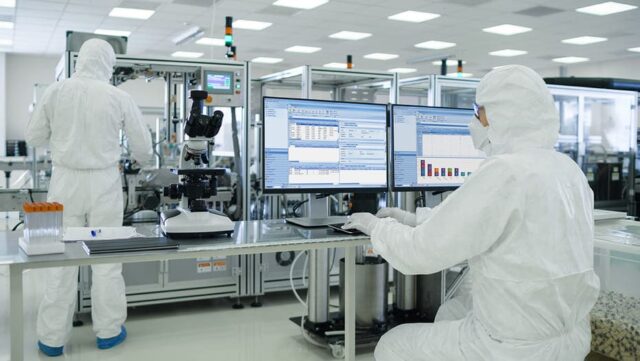
Commissioning and qualification substantiate that equipment and systems function accurately and deliver the expected outcomes. In short, following these steps ensures that all the necessary criteria are met and that the products are of the desired quality.
Delivering Documentation and Traceability
During the commissioning and qualification phases, detailed documentation is created that ascertains that the facility, equipment, and systems fulfill the preplanned design and performance specifications. It records the equipment’s history and traceability, making it indispensable for regulatory compliance, quality control, and product recall.
Keeping Products from Getting Contaminated
The commissioning, qualification, and validation processes determine possible sources of contamination. By discovering and addressing the likely sources of contamination, the risk of product contamination can be reduced, guaranteeing product quality and safety. It also ensures that the current facility, equipment, systems, and processes in use will continue to function effectively for a specified period.
Conclusion
Managing a manufacturing plant or facility is highly essential to ensure that daily operations are carried out effectively. Besides, having the right equipment, computer systems, and well-trained professionals ensures the products are manufactured with the utmost care. The ultimate goal of implementing the CQV process is to ensure the development of high-quality products that can serve humanity.
So irrespective of how big or small a company you are, you must keep quality and safety at the center of the manufacturing process. The more quality products you produce, the more credibility you establish in the market. And the more credible an entity you are considered, the better it is for you. So make sure that you get in touch with a trusted pharma consulting firm like PharmEng Technology to seek quality commissioning and qualification services. With their years of experience in the industry, you can trust them to help you achieve the highest quality standards and ensure regulatory compliance. Plus, checking their portfolio can give you a better understanding of their capabilities and expertise.


